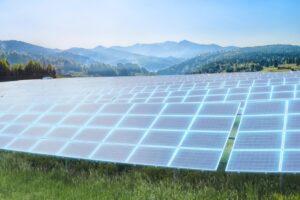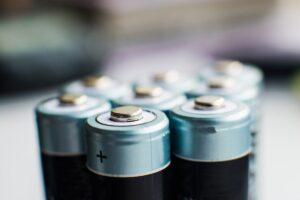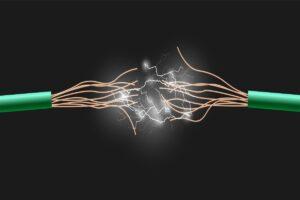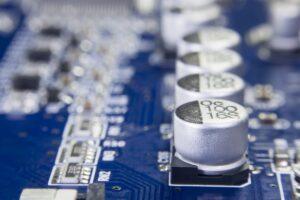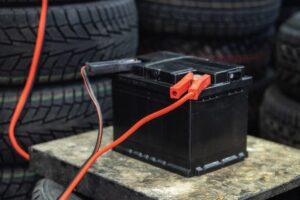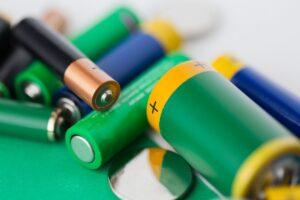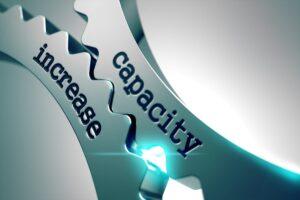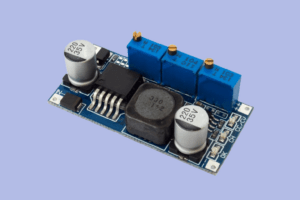The conversion efficiency is the proportion of a photovoltaic device’s electric power output to the power of the sunlight incident…
Browsing: Glossary
The cleavage of lateral epitaxial films for transfer or CLEFT is a method for producing low-cost Gallium Arsenide (GaAs) photovoltaic…
A cell barrier is a solar cell’s interface between the positive and negative layers, which has a very narrow region…
A cell is a single electrochemical component that can generate direct voltage by changing chemical energy into electrical energy. Several…
A conductor is defined as a substance, such as an electrical wire, transmission line, or distribution line, via which electricity…
Do you know what chemical vapor deposition is? This modern method of manufacturing uses vacuum technology to deposit materials on…
The cathode is where electrons enter (current exits) the system. In a polarized electrical device, the metallic electrode through which…
A captive electrolyte battery is a battery with an immobilized electrolyte that has either gelled or been absorbed by a…
The calendar-life determines how long a battery may last on a shelf, unused, before becoming useless. It is temperature dependent…
The capacity utilisation factor is defined as the ratio of the actual electrical energy produced to the maximum energy that…
A converter is a device that changes one direct current (dc) voltage into another. Electromechanical or electrical circuits called DC-to-DC…
The capacity factor (CF) refers to the proportion of an energy generating system’s or unit’s average load (or power output)…


